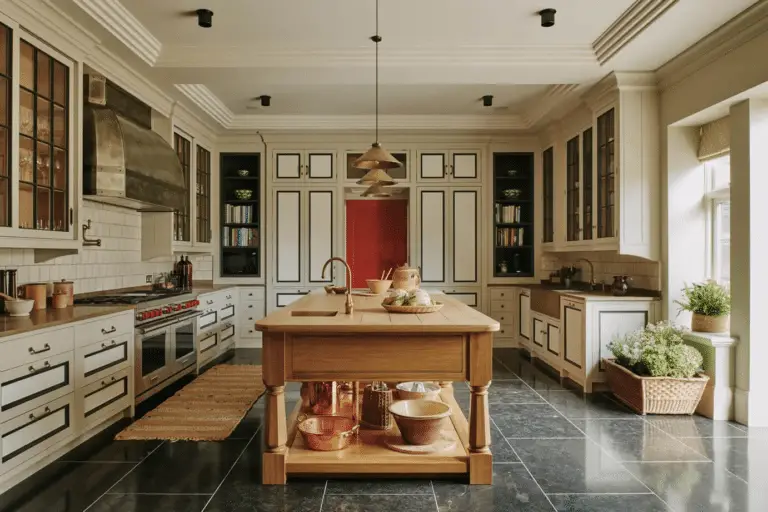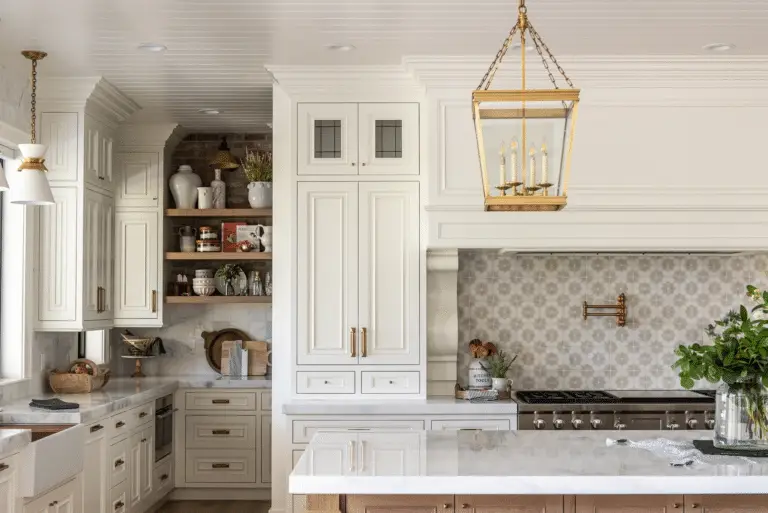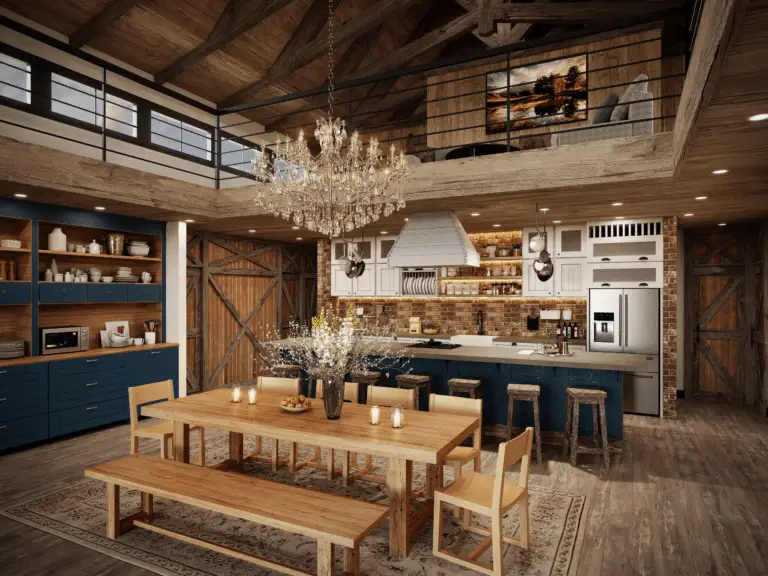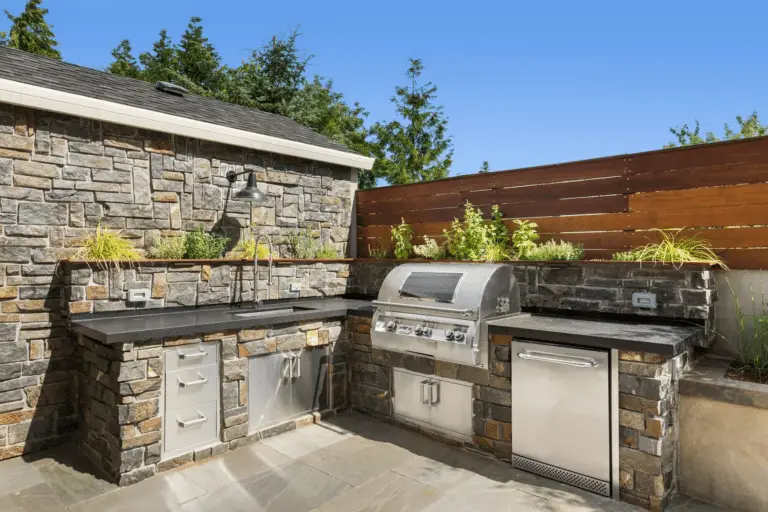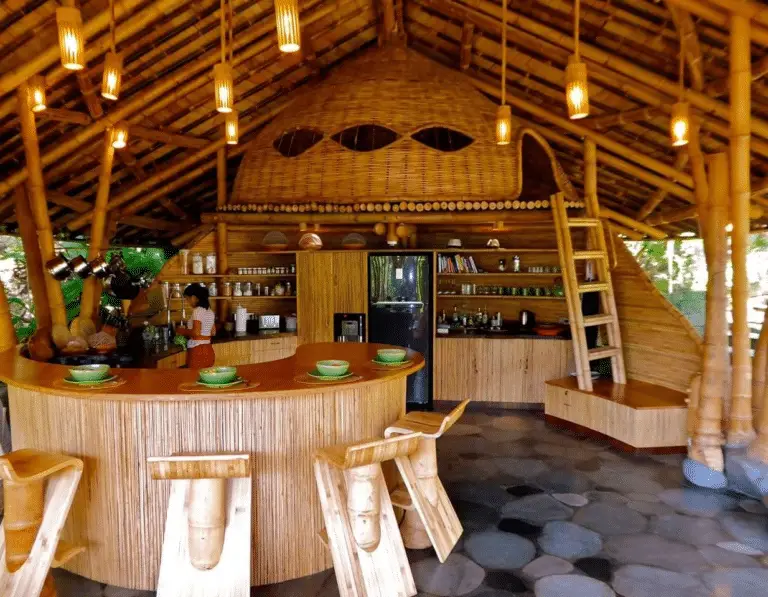Some of my friends embrace the nomadic lifestyle, and having spent a year living out of an RV myself, I’ve picked up a trick or two about crafting efficient nomadic kitchen spaces.
Welcome to the adventurous world of Nomadic Kitchen Spaces! In this blog post, we’ll explore how to design a kitchen that’s perfect for travel. From space-saving furniture to compact appliances, discover how to maximize every inch. We’ll also look at integrating technology for energy efficiency and convenience.
Join us as we dive into real-life case studies and transform your mobile kitchen into a pinnacle of efficiency and style!
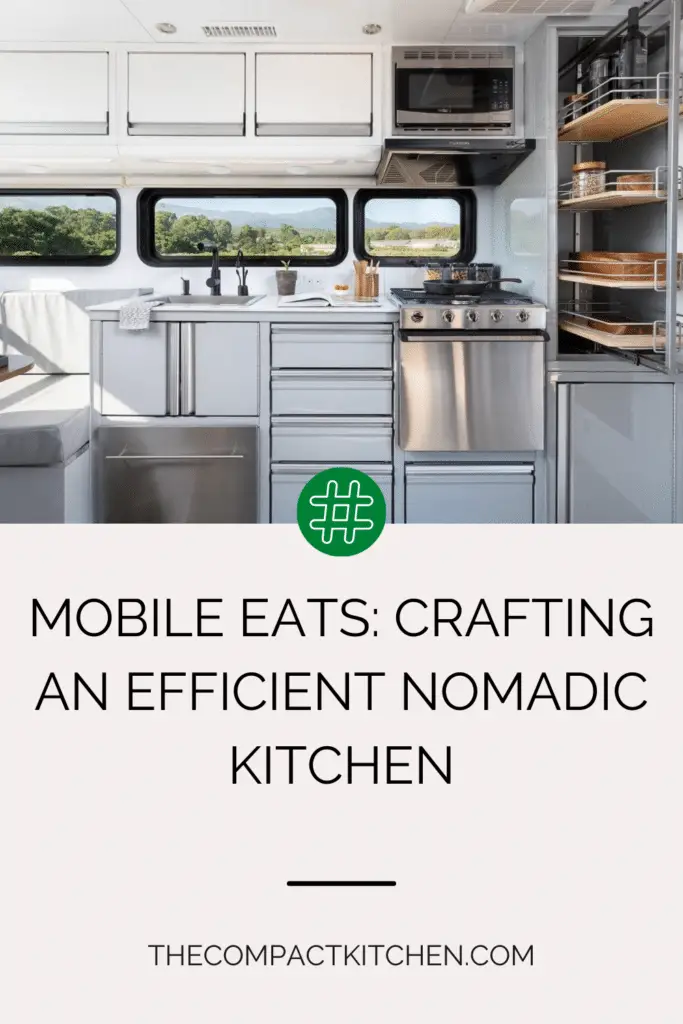
Introduction to Nomadic Kitchen Spaces
When it comes to designing an efficient nomadic kitchen space, it is essential to understand the concept of what exactly constitutes a ‘nomadic kitchen’. Unlike traditional kitchens, nomadic kitchen spaces are characterized by their mobility and adaptability. These kitchens are often found in small living spaces such as tiny houses, RVs, or studio apartments where optimizing space is crucial.
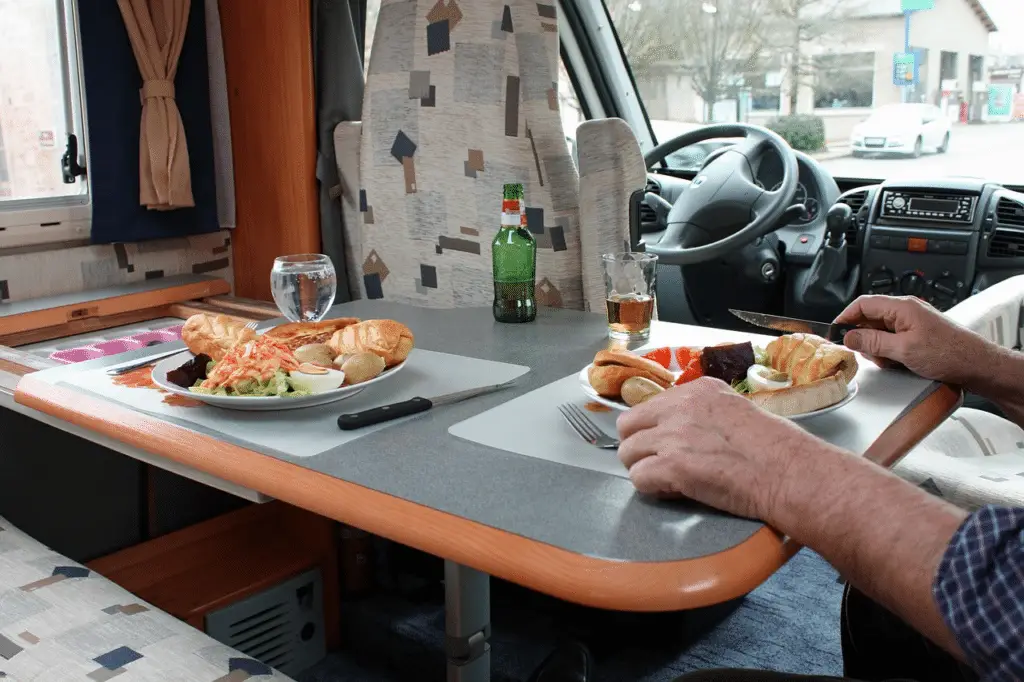
Functionality and efficiency are key in the design of a nomadic kitchen space. Every square inch counts, and every element in the kitchen must serve a purpose. From the layout to the choice of appliances and storage solutions, each decision must be intentional to make the most of the limited space available.
Key Takeaways:
- Understanding the concept of nomadic kitchen spaces and their unique characteristics.
- The importance of functionality and efficiency in designing a kitchen space that is mobile and adaptable.
- Optimizing space and making intentional design choices to maximize the usability of a nomadic kitchen.
Factors to Consider When Designing a Nomadic Kitchen
When it comes to designing an efficient nomadic kitchen space, there are several factors to consider in order to make the most out of the limited space available. By focusing on space planning, compact appliances, and the user’s lifestyle, you can create a kitchen that is both functional and practical.
Importance of Space Planning and Optimal Layout Design
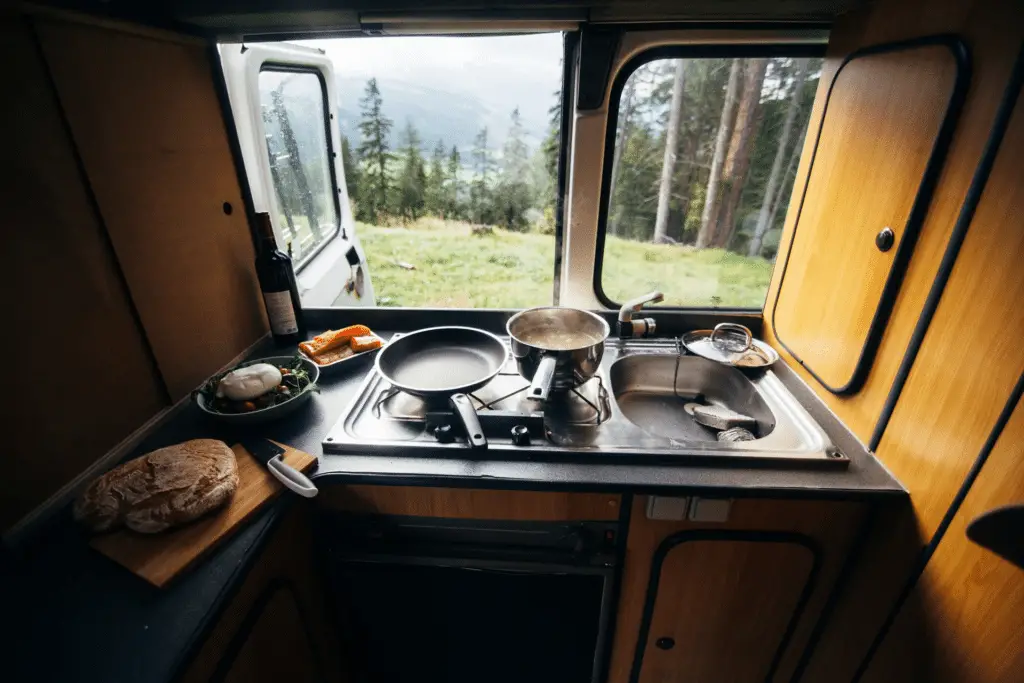
One of the key considerations when designing a nomadic kitchen is space planning. This involves carefully considering the layout of the kitchen to ensure that every inch of space is utilized effectively. By optimizing the layout, you can create a kitchen that is both functional and aesthetically pleasing.
Optimal layout design also involves creating designated zones for different tasks such as food preparation, cooking, and cleaning. By defining these zones, you can streamline your workflow and make it easier to navigate the kitchen efficiently.
The Role of Compact Appliances and Storage Solutions
When it comes to nomadic kitchen design, the size and efficiency of appliances play a crucial role in maximizing space. Investing in compact appliances that are both multifunctional and space-saving can help you make the most out of a small kitchen.
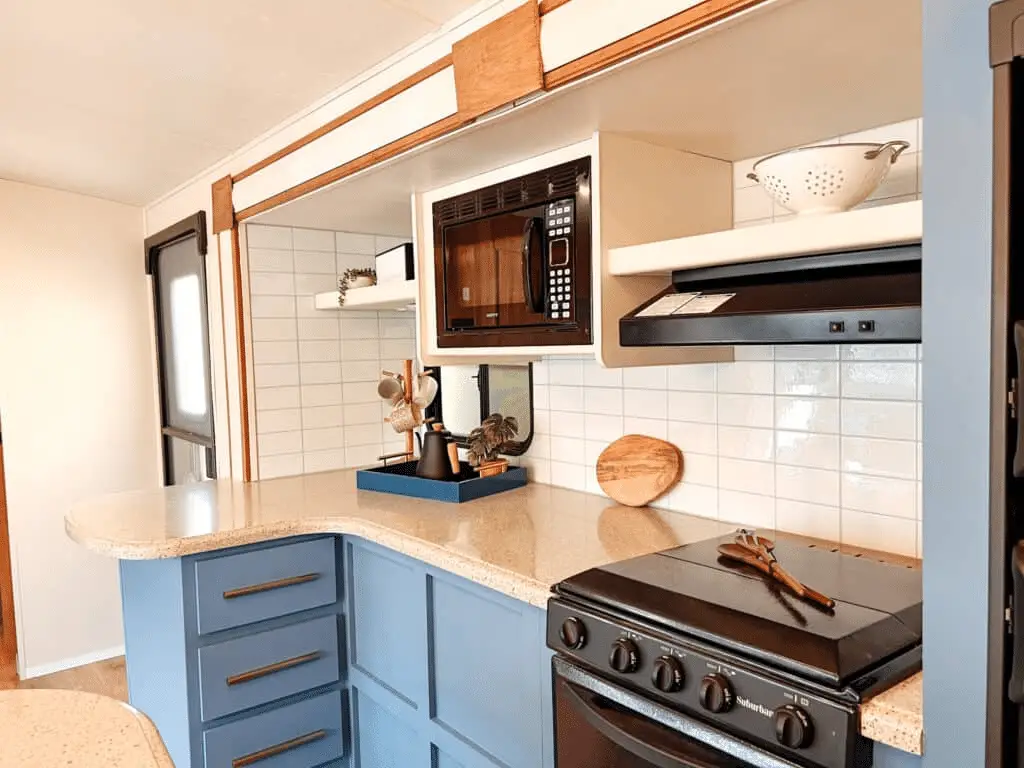
In addition to compact appliances, utilizing clever storage solutions is key to keeping your nomadic kitchen organized and clutter-free. Consider incorporating pull-out shelves, overhead racks, and magnetic storage solutions to maximize storage space without sacrificing aesthetics.
Considering User’s Lifestyle and Food Habits
Designing a nomadic kitchen is not just about functionality and efficiency; it’s also about catering to the user’s lifestyle and food habits. Consider the types of meals you typically prepare, the number of people you cook for, and any specific dietary requirements when designing your kitchen.
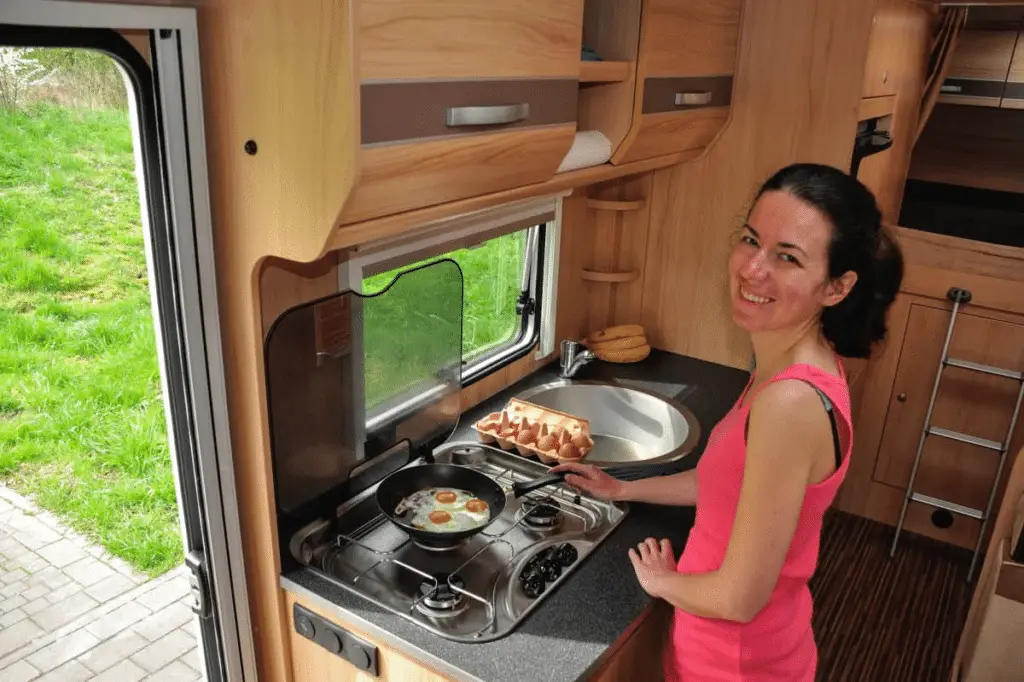
By tailoring your kitchen design to your unique lifestyle and food habits, you can create a space that is not only efficient but also enjoyable to use. Whether you’re a home chef who loves to experiment with new recipes or a busy professional who needs quick and easy meal solutions, your kitchen should reflect your individual needs and preferences.
Innovative Design Elements for a Nomadic Kitchen
When designing a nomadic kitchen space, it’s essential to think outside the box and explore innovative design elements that can maximize functionality and efficiency. Let’s delve into some unique techniques that can transform a compact kitchen into a versatile culinary haven.
1. Foldable Furniture
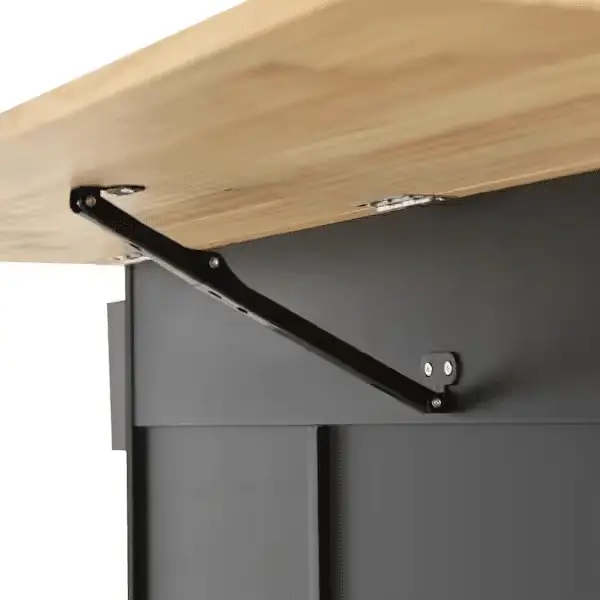
One of the key challenges in a nomadic kitchen is the limited space available for furniture. To address this issue, designers are increasingly turning to foldable furniture solutions. From collapsible dining tables to wall-mounted countertops, these space-saving pieces can be easily tucked away when not in use, creating a more open and flexible kitchen environment.
2. Multipurpose Appliances
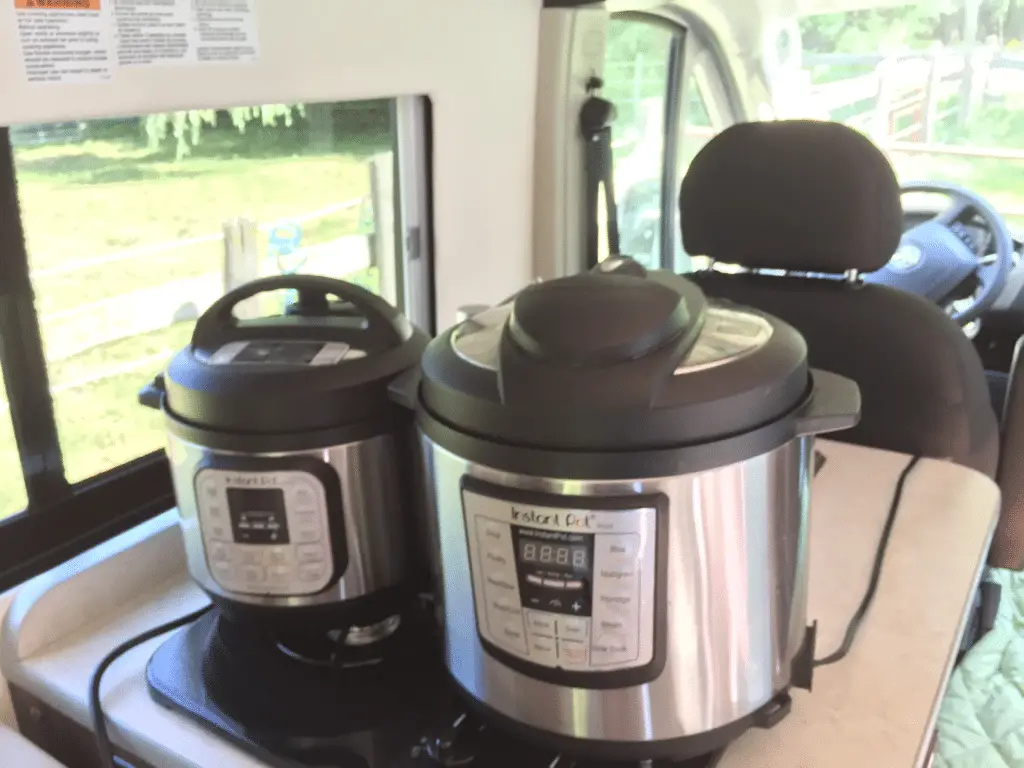
Another innovative design element gaining popularity in nomadic kitchens is the use of multipurpose appliances. These smart devices are designed to perform multiple functions, saving both space and energy. For example, a toaster oven that doubles as an air fryer or a blender with built-in food processor capabilities can significantly streamline meal preparation in a compact kitchen.
3. Mobile Kitchen Islands
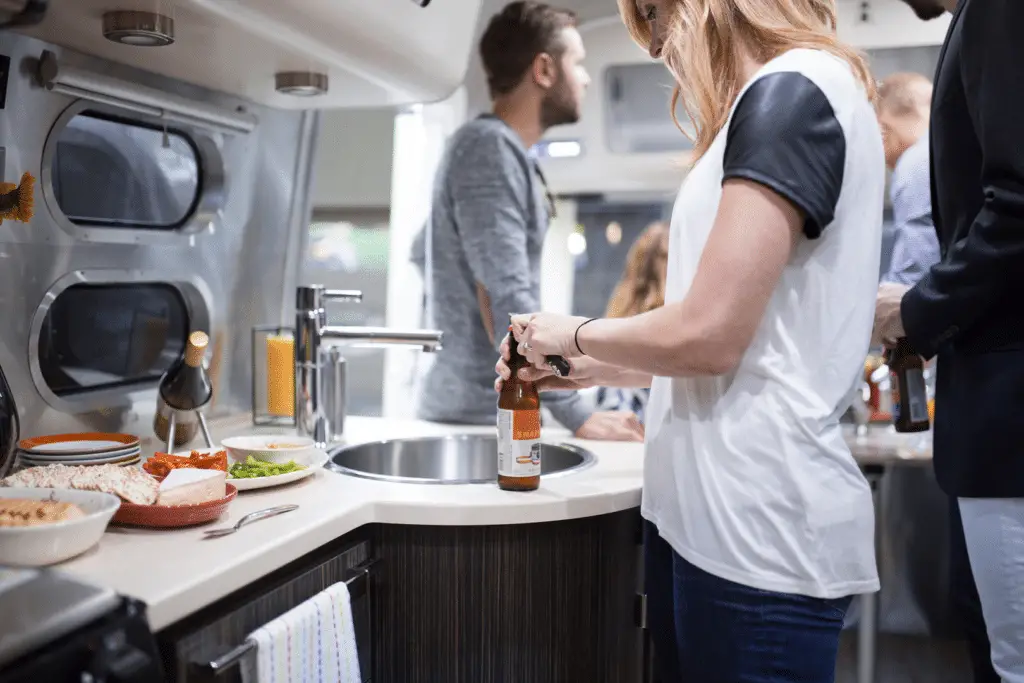
For added flexibility and functionality, consider incorporating a mobile kitchen island into your nomadic kitchen design. These portable units can serve as extra prep space, additional storage, or even a makeshift dining table. With lockable wheels for easy maneuverability, a mobile kitchen island can adapt to changing needs and seamlessly integrate into your space.
4. Intelligent Use of Vertical Space
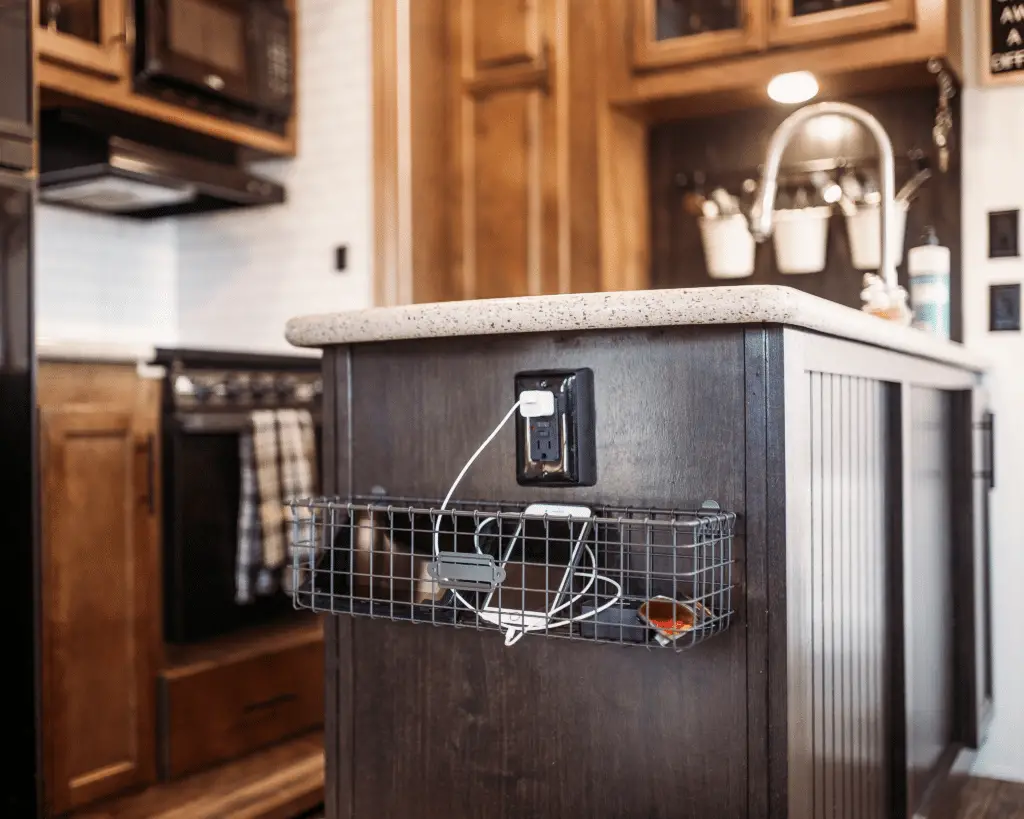
In a nomadic kitchen, every square inch counts. To make the most of your vertical space, consider installing wall-mounted shelves, racks, or hooks for storing pots, pans, utensils, and spices. Vertical storage not only frees up precious counter and cabinet space but also adds visual interest to your kitchen decor.
By incorporating these innovative design elements into your nomadic kitchen space, you can create a functional and efficient cooking environment that meets your unique lifestyle needs.
The Integration of Technology in a Nomadic Kitchen Space

When designing an efficient nomadic kitchen space, the integration of technology plays a crucial role in enhancing functionality, convenience, and sustainability. In this section, we will delve into the impact of smart kitchen appliances and how they offer multiple functions to optimize the limited space available.
Smart Kitchen Appliances for Efficiency and Convenience
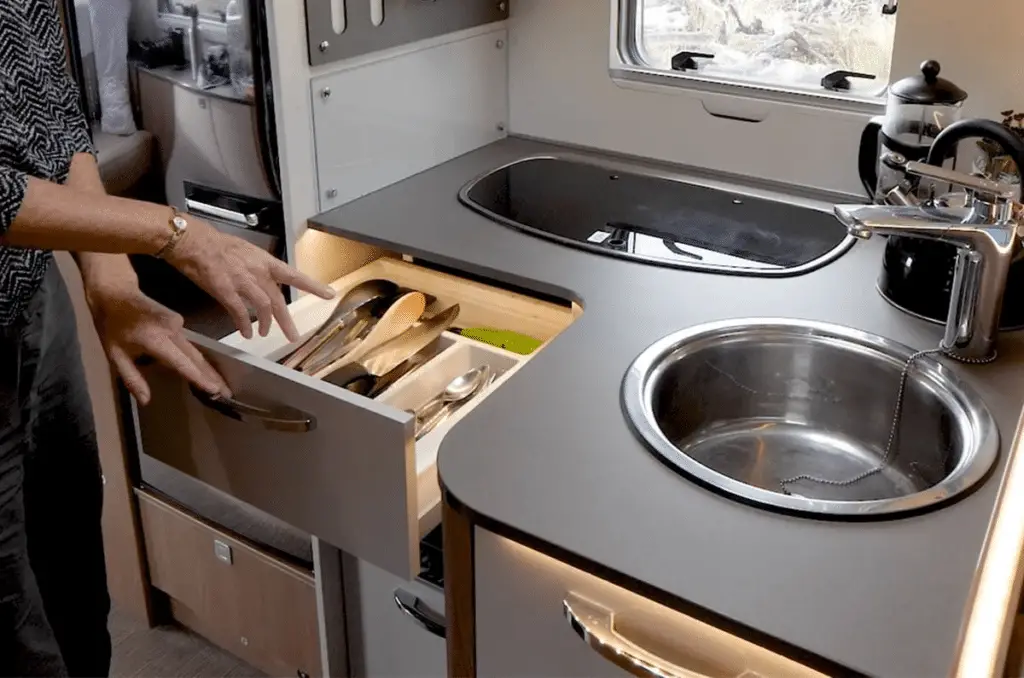
Smart kitchen appliances are revolutionizing the way we approach cooking and meal preparation in compact kitchen spaces. These appliances are designed to be multipurpose, offering a range of functions within a single device. For example, a microwave that can also function as a convection oven or a refrigerator with a built-in freezer compartment can save valuable space in a nomadic kitchen.
By investing in smart kitchen appliances, nomadic kitchen owners can streamline their cooking process, reduce clutter, and minimize the number of individual gadgets needed. These appliances are also designed to be energy-efficient, helping to lower electricity consumption and contribute to a more sustainable kitchen environment.
Leveraging Technology for Energy Efficiency
Incorporating energy-efficient technology in a nomadic kitchen space can have a significant impact on both the environment and utility bills. Smart appliances such as induction cooktops, energy-efficient refrigerators, and low-flow faucets are specifically designed to minimize energy and water consumption without compromising functionality.

Additionally, the use of smart home technology, such as connected lighting systems and programmable thermostats, can help nomadic kitchen owners monitor and manage their energy usage more effectively. By integrating these energy-efficient technologies into the kitchen space, individuals can reduce their carbon footprint while enjoying the benefits of a modern and sustainable kitchen environment.
By embracing the latest advancements in kitchen technology, nomadic kitchen owners can create a space that is not only efficient and functional but also environmentally friendly. The integration of smart kitchen appliances and energy-efficient technology is key to maximizing the potential of a compact kitchen space and enhancing the overall cooking experience.
Case Studies of Efficient Nomadic Kitchens
When it comes to designing an efficient nomadic kitchen space, seeing real-world examples can provide valuable insights and inspiration. Let’s take a look at some case studies of nomadic kitchens that exemplify functionality and innovation in compact living.
The Tiny House Kitchen
One popular example of a nomadic kitchen is found in the tiny house movement. These compact homes often feature kitchen spaces that are designed to maximize every square inch. From foldable tables and chairs to clever storage solutions hidden in unexpected places, tiny house kitchens showcase the importance of smart design in small spaces.
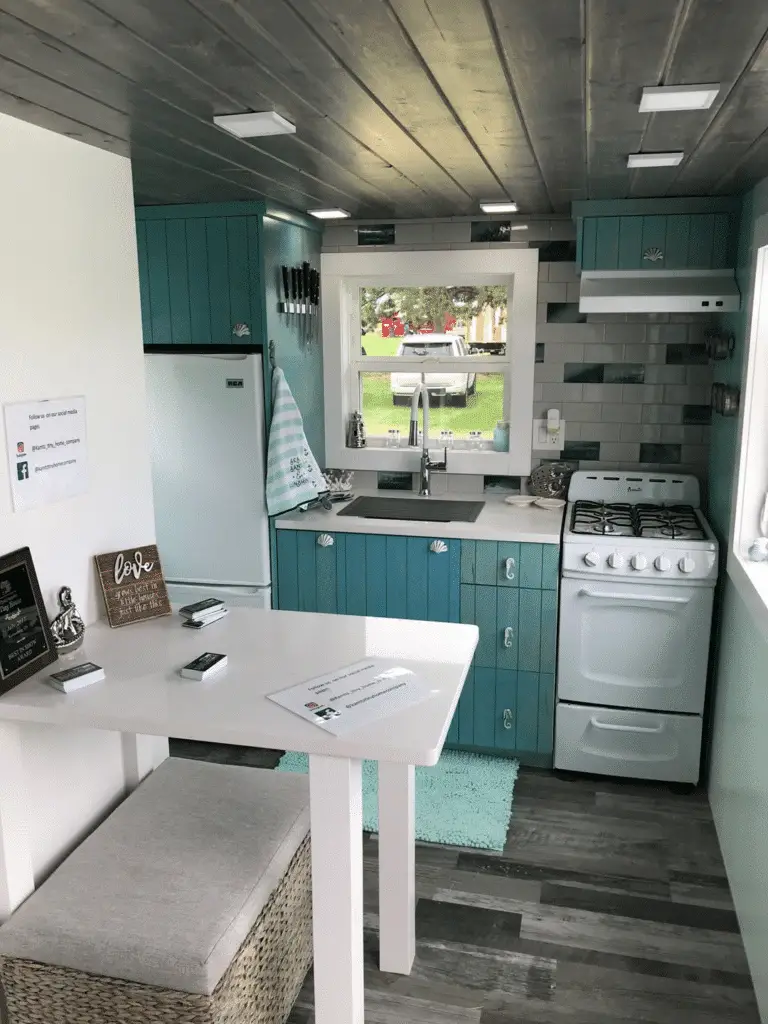
In a tiny house kitchen, every element serves a dual purpose. For example, a cutting board might double as a sink cover or a stovetop extender. Appliances are carefully chosen for their compact size and multifunctionality, allowing residents to enjoy all the conveniences of a traditional kitchen in a fraction of the space.
The RV Kitchen
Another example of an efficient nomadic kitchen can be found in recreational vehicles (RVs). These mobile homes are equipped with smart kitchen appliances that are designed to withstand the vibrations and movements of the road while still providing all the features of a full-sized kitchen.
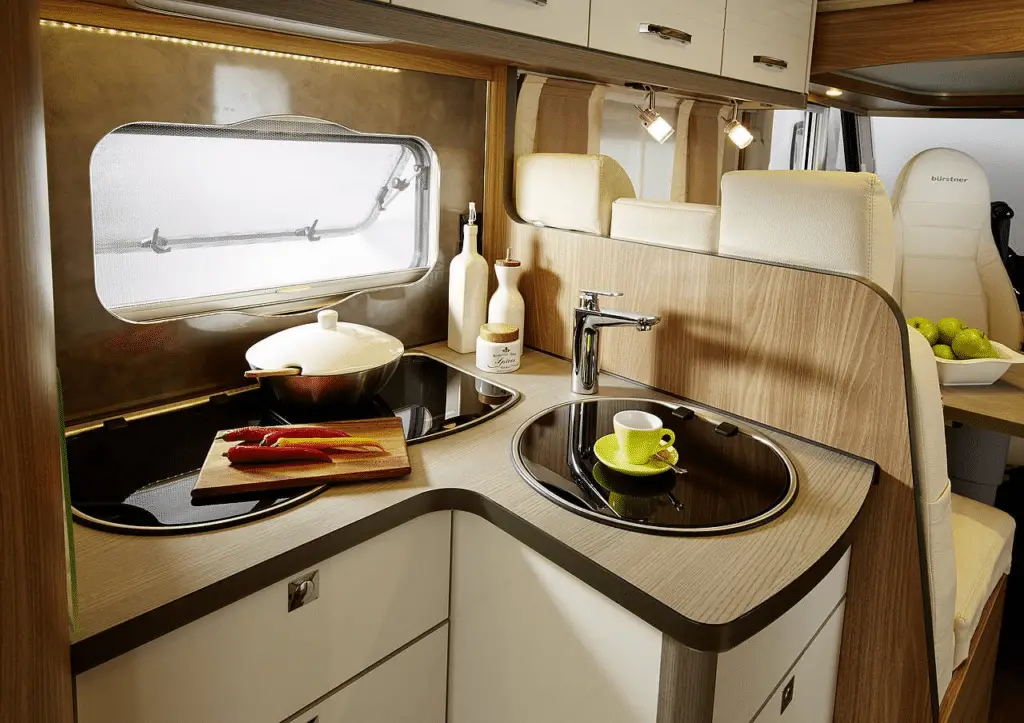
RV kitchens often feature space-saving solutions such as pull-out pantries, collapsible dish racks, and stackable cookware. The layout is carefully planned to optimize workflow and make the most of limited counter space. In some cases, innovative technology like induction cooktops and convection microwaves are used to save energy and maximize cooking capabilities.
Key Takeaways
These case studies highlight the importance of thoughtful design and strategic planning when it comes to creating an efficient nomadic kitchen space. By focusing on functionality, maximizing space, and incorporating innovative solutions, it is possible to create a kitchen that meets the needs of a mobile lifestyle without sacrificing comfort or convenience.
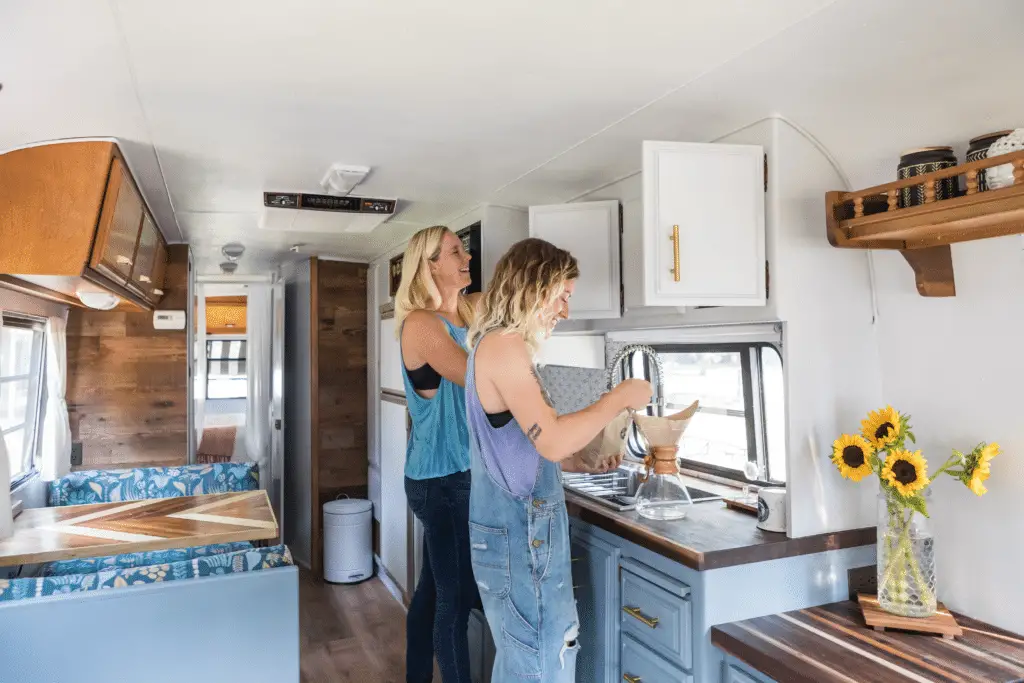
By analyzing the elements that make these kitchens successful, you can apply similar principles to your own nomadic kitchen design. Whether you are living in a tiny house, RV, or on the road in a camper van, prioritizing efficiency and sustainability will ensure that your kitchen space is both practical and enjoyable to use.
Parting Thoughts on Crafting an Agile Culinary Haven
In the ever-evolving realm of nomadic kitchen spaces, prioritizing functionality and efficiency reign supreme. From strategic space planning to embracing tech-savvy appliances, the key lies in maximizing every square inch with innovation and creativity.
Remember, it’s not just about designing a kitchen; it’s about crafting a culinary haven that adapts to your lifestyle. So, whether you opt for foldable furniture or mobile kitchen islands, let your kitchen reflect your sense of adventure and practicality. Here’s to creating your very own agile and efficient nomadic kitchen space!


